This material is copyright, by Madronna Holden. Not for citation without permission. Feel free to contact me if you wish to use it.
In the fall of 1975, I came up the dirt road, driving into the steep lean of the hill, to the house Alexander “Sandy” Ames built decades ago. He was out back working, his granddaughter apprised me. He was chopping the grass from under the clothesline with a flat-nosed shovel. It wasn’t the best tool for it, but he couldn’t find his scythe. And a job to be done was a job to be done. He didn’t come into his ninety-seven years by putting off what needed to be done.
When Sandy came into the house, he sat sharing his experience of pioneer days here. His family moved here when he was two years old. That was before the railroad came through, in the days locals still referred to this isolated place as “Indian territory”. Sandy gazed out over the hill, seeing into the long distance of his past as he speaks of the Chehalis neighbors who were like family to him when he was growing up. He called them “aunt” and “uncle”. There are things he chooses not to tell about them. That wouldn’t be right. Some things belong just to them. And other people “might not understand”.
But there are things he does see fit to tell: he will say how his Chehalis neighbors taught him to fish and hunt and then to preserve their take properly. His Chehalis “aunt” was very particular about that. He will tell how his Chehalis “uncle”, the father of four sons and four daughters, decided to send all of his children to an Indian boarding school. If he had had only boys, he told Sandy, he would have sent them to the local white school. The boys could “fend for themselves” there. But the girls would have been looked on as “just squaws’. And their father wouldn’t have that. So he sent them all to the Indian school.
And Sandy Ames told this story:
George Walker was an old man when the first whites came here. Seems like he was the oldest Indian around when we got here, and he lived another thirty-eight years after that. Near as we could figure, he lived to be well over a hundred. He could have said some things about the old Indian ways, all right. Just looking at him, you knew he knew.
But he never spoke. We couldn’t figure it out. His half-brothers could carry on a conversation. But old George, he never said a thing. He was silent the whole thirty-eight years we knew him.
Then one day he walked sixteen miles to the courthouse in Montesano and confessed. He had killed another Indian in a knife fight, years back, in self-defense. He had been silent all these years, thinking that if he said anything at all, drew any attention to himself, whites would somehow find out what he had done and punish him for it. The judge let him go — called it “Indian justice.”
Then old George, he spoke as freely as you or I. But then he was ready to die.
George Walker is mentioned in Thelma Adamson’s fieldnotes (1926) as one who knows the traditional Chehalis “feather dance” no one else knew, but I was unable to find any material she obtained from him in her hundreds of pages of notes. Evidently he never said anything to her either.



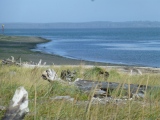
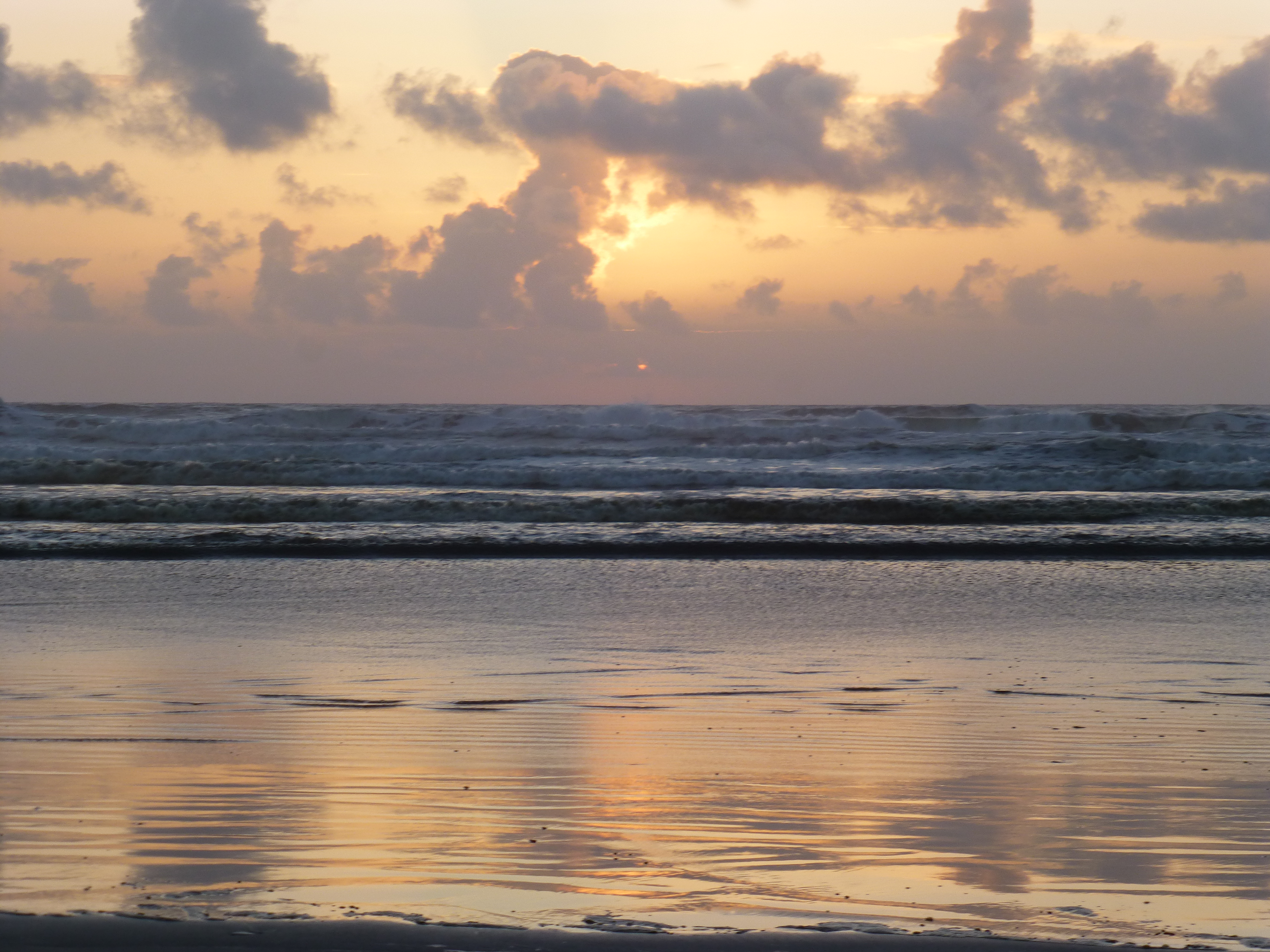










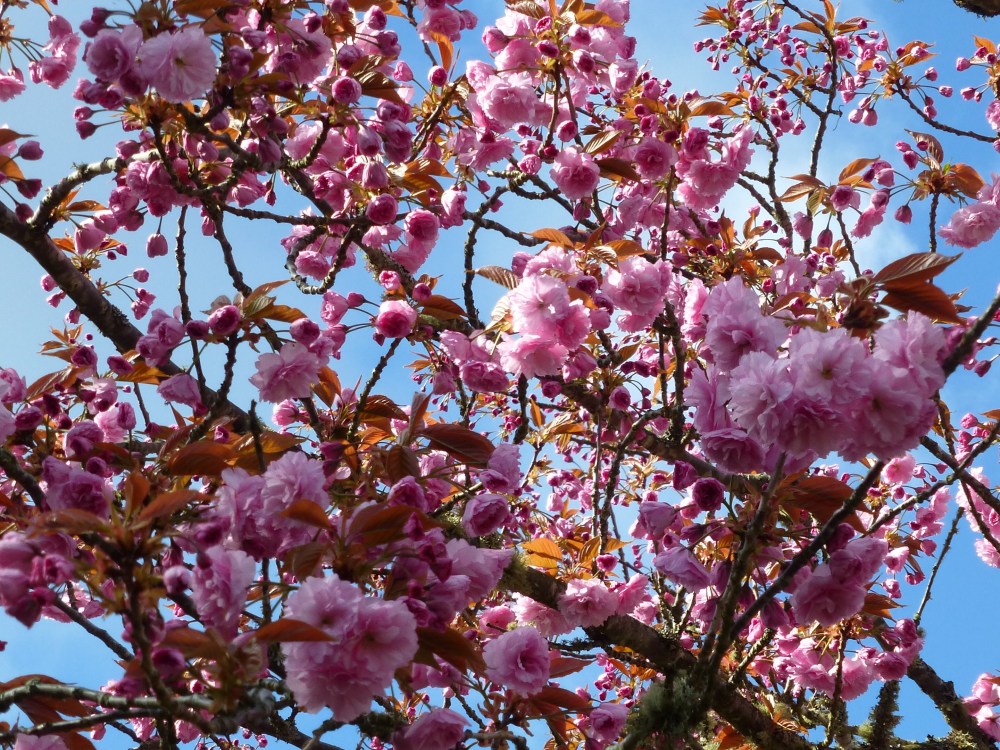




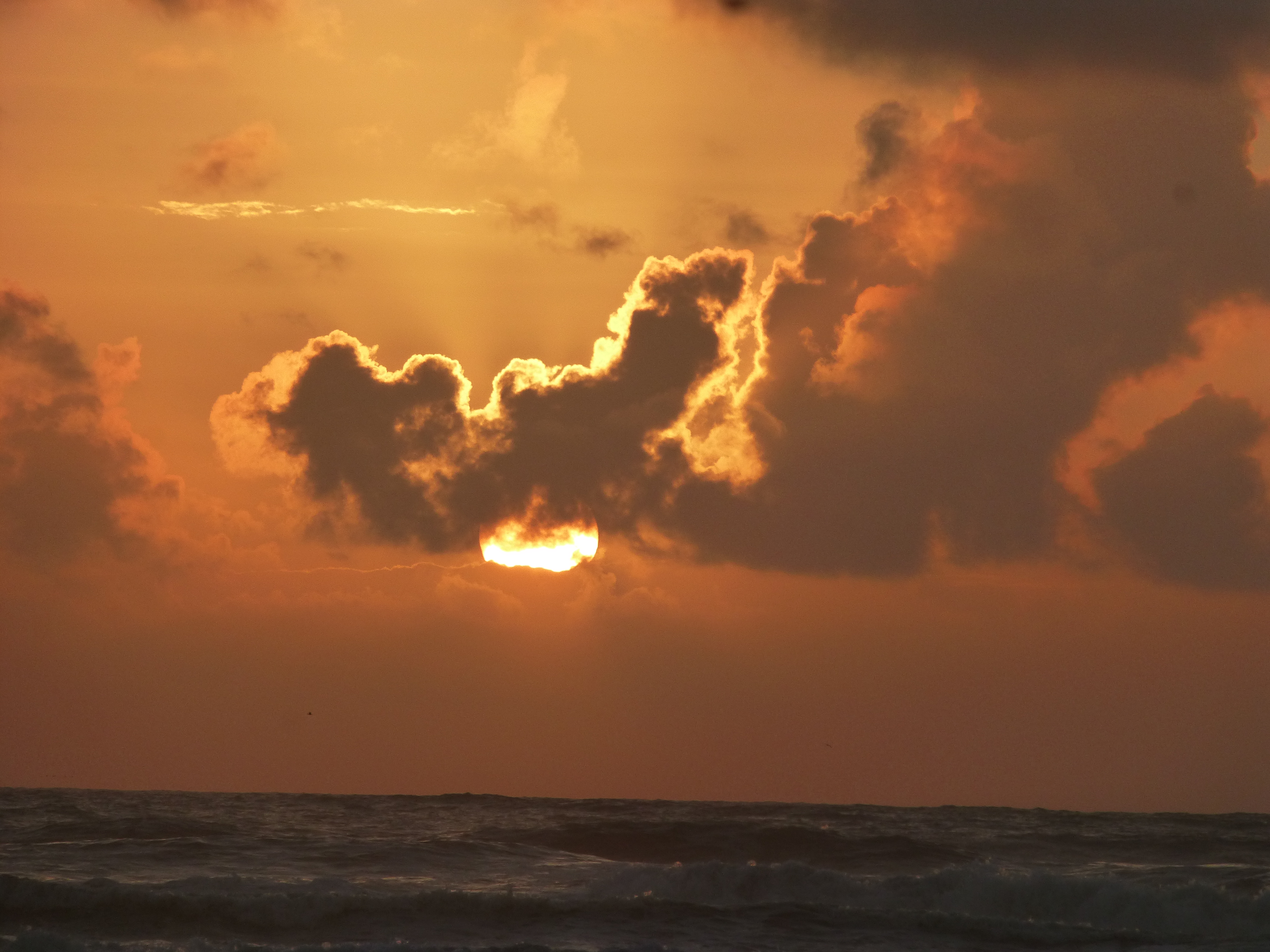
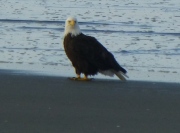



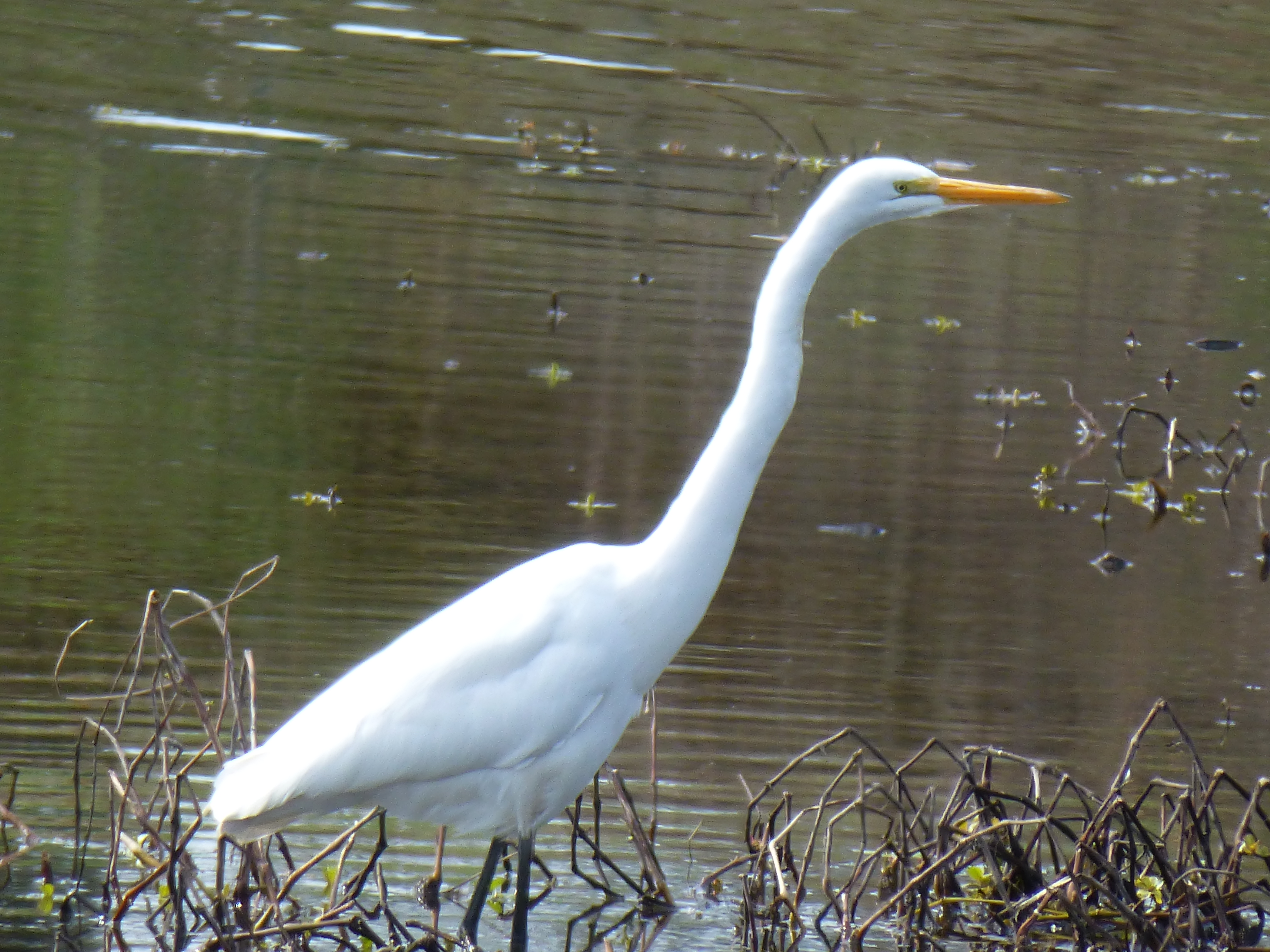
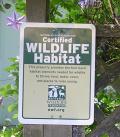






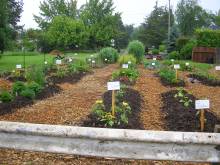
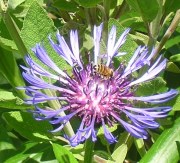
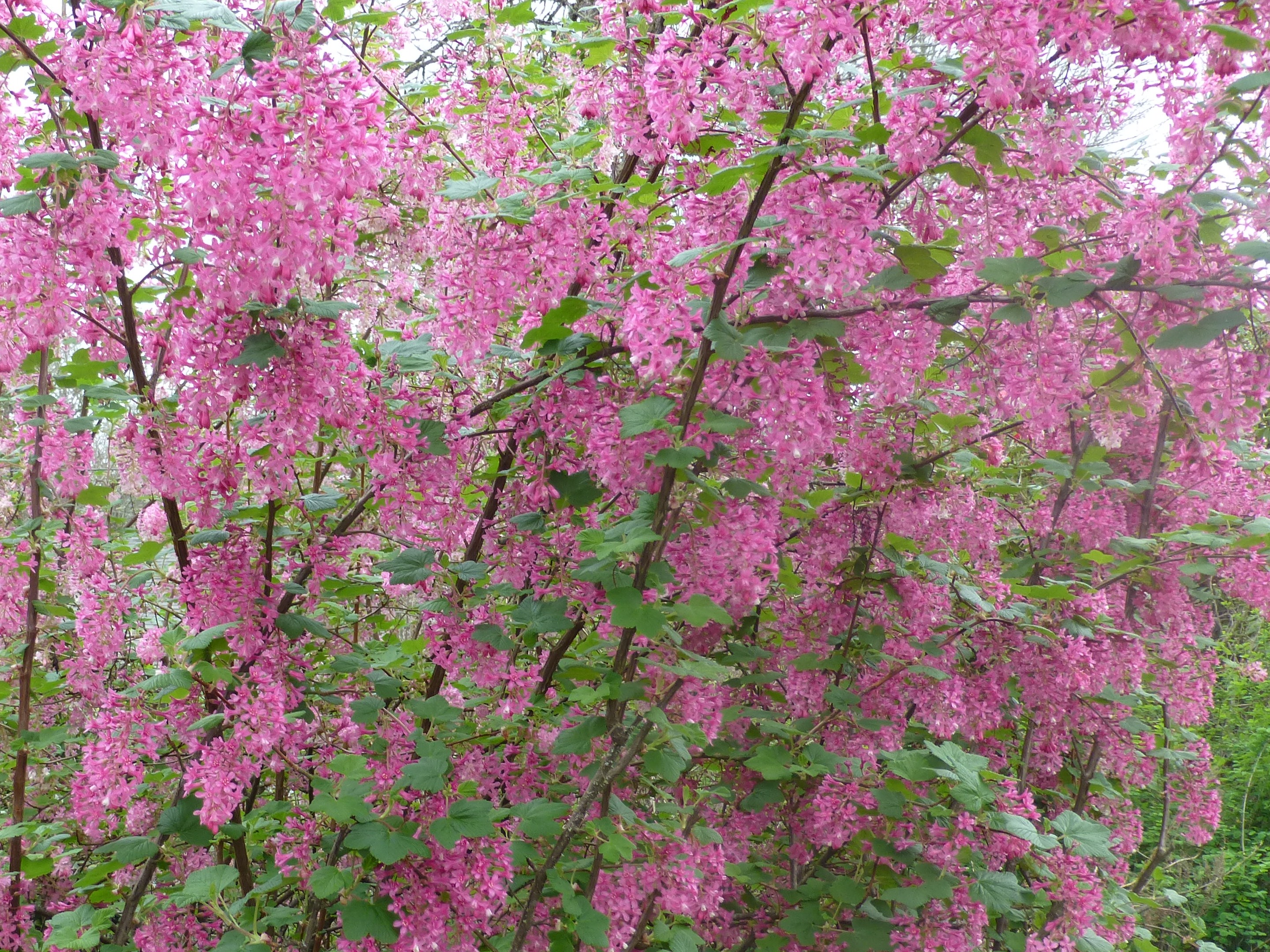


Thanks for the info. My great grandfather was Joseph Walker but I never knew much about any of the Walker boys.
You are certainly welcome, Elaine.